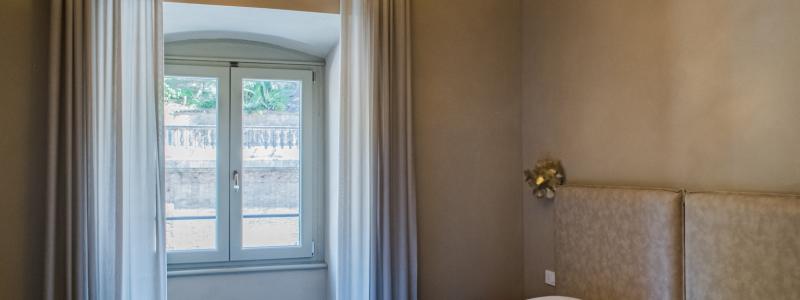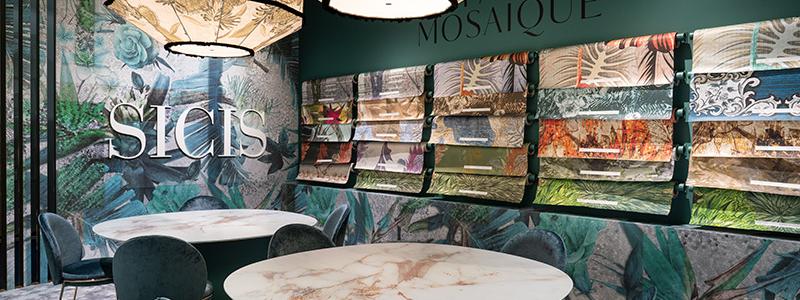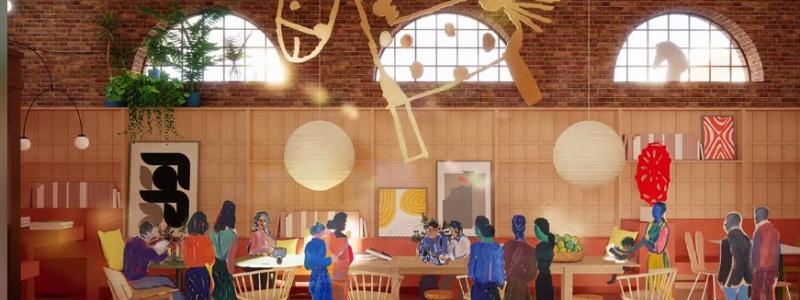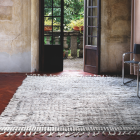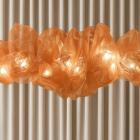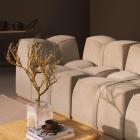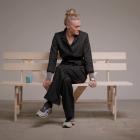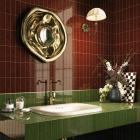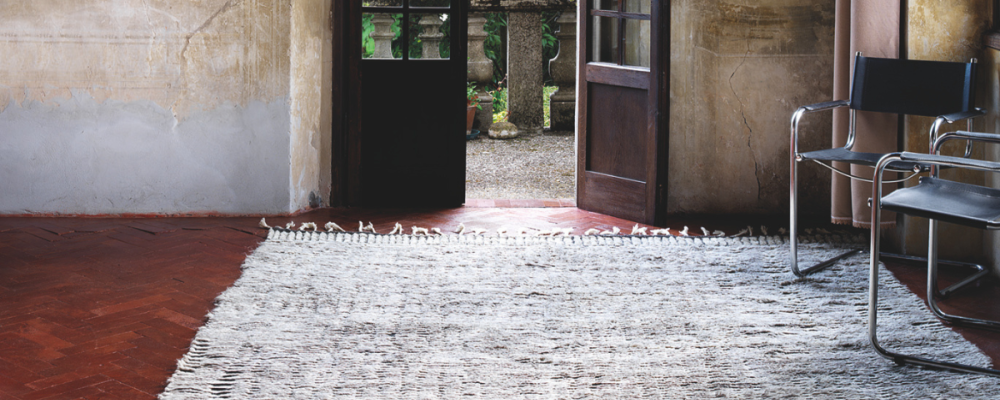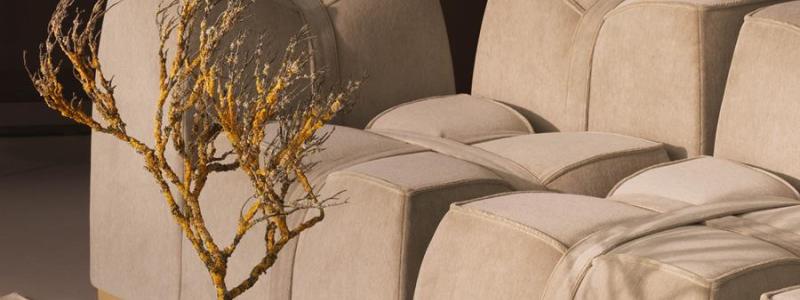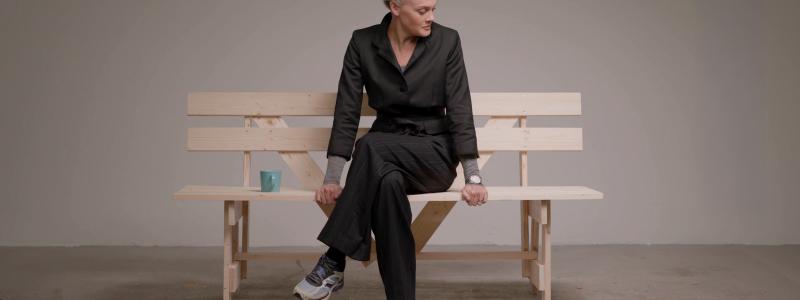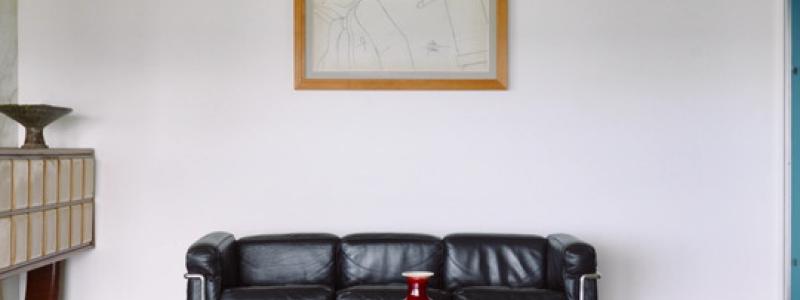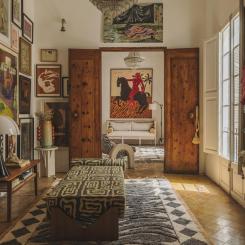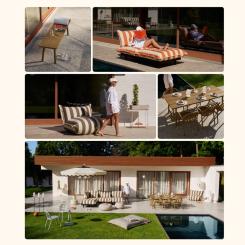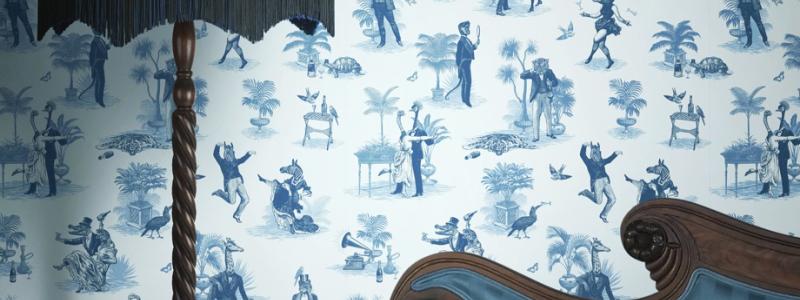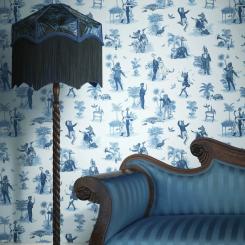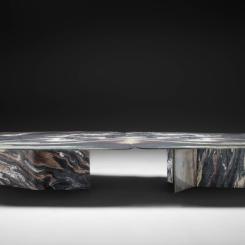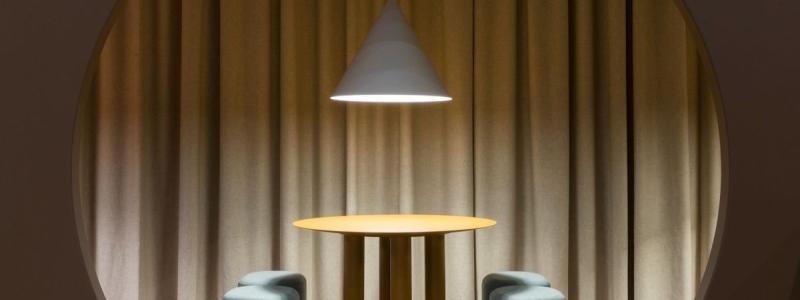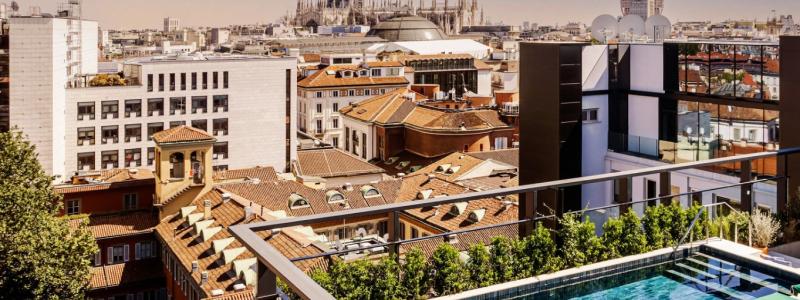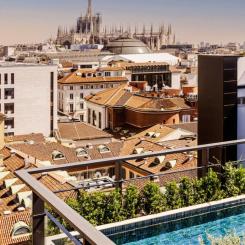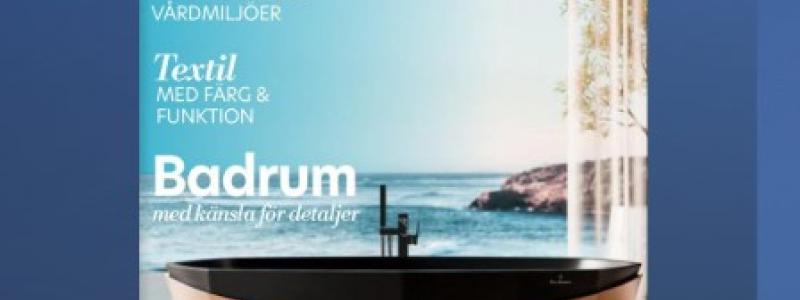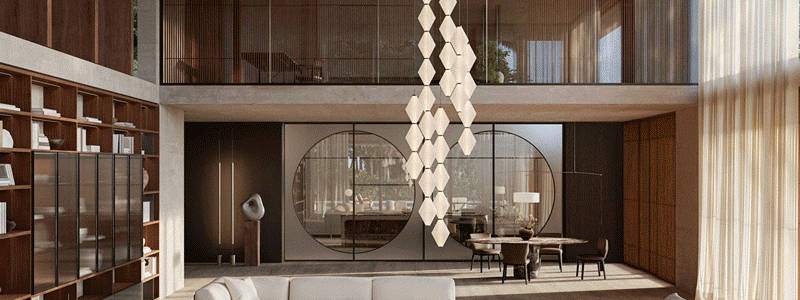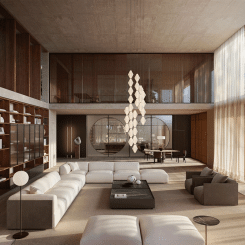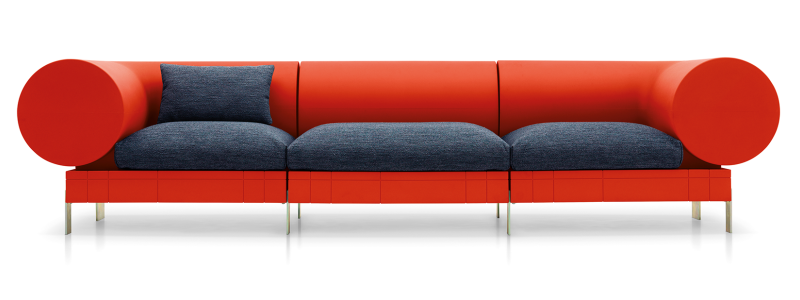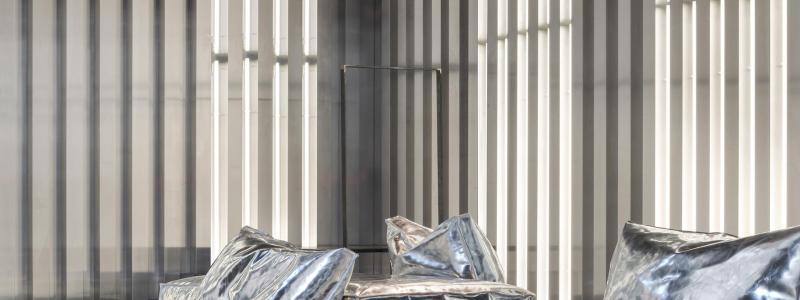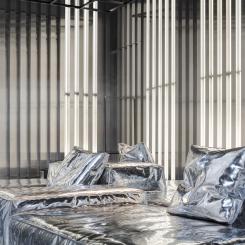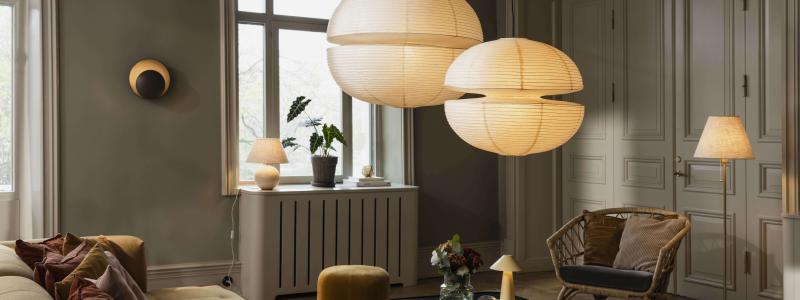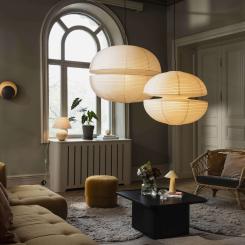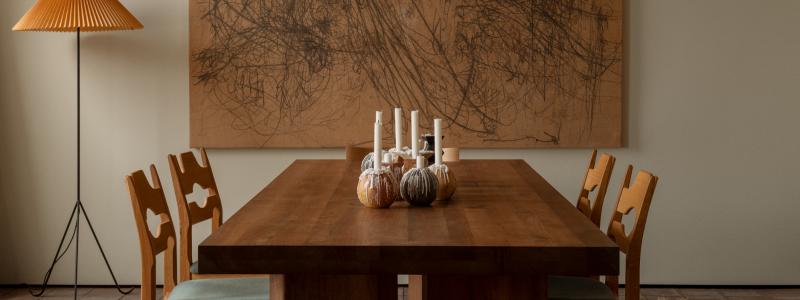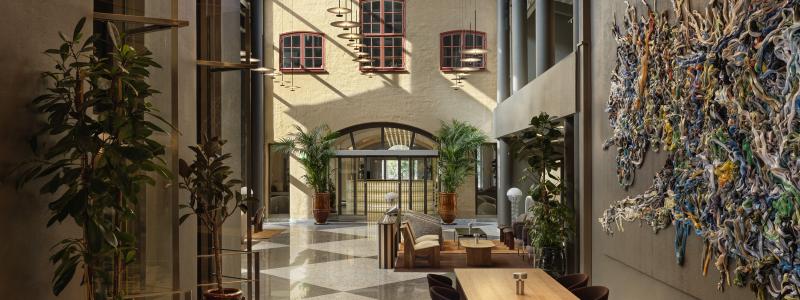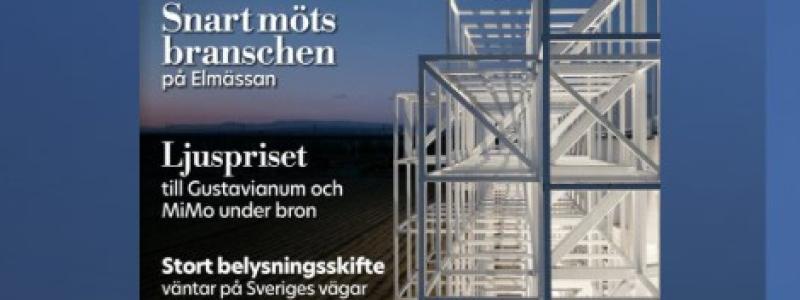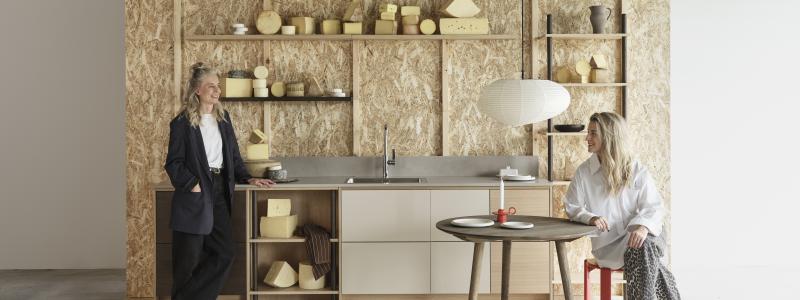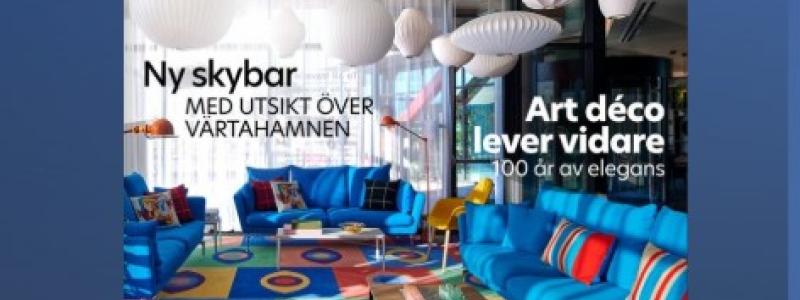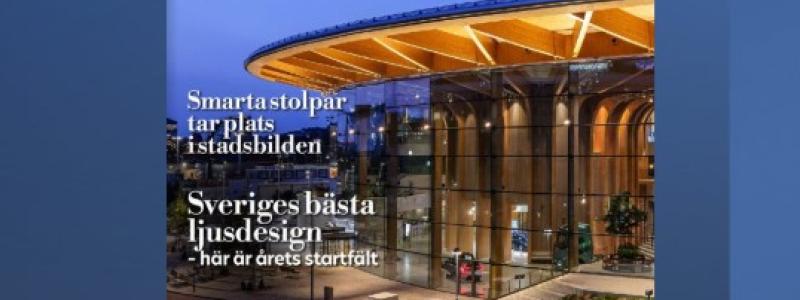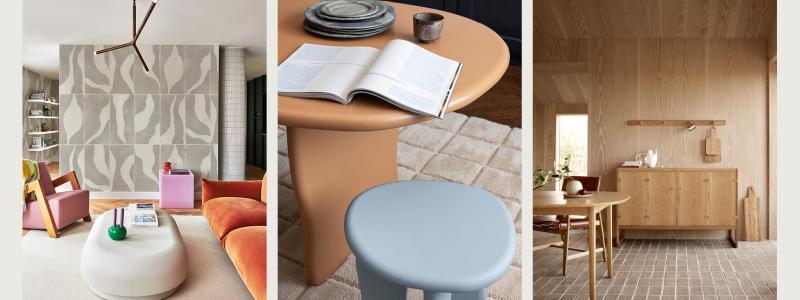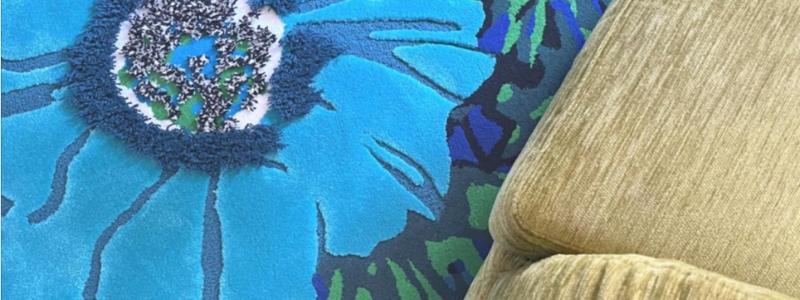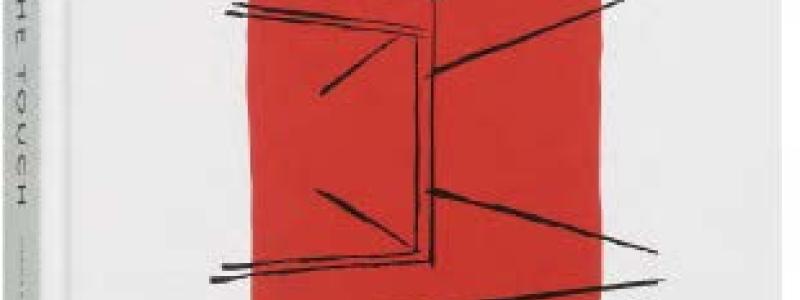Australian designer Simon Laws of Anthill Constructions has designed the Drew House, located on the Queensland coast of Australia. The Drew house is a holiday retreat for Australian photographic artist, Marian Drew, and her family. In their youths the family took camping trips to the area near Seventeen Seventy, a town just south of Gladstone and the most northerly surf break on the east Australian coast at the start of the Great Barrier Reef.
The house aims to create a kind of luxury campsite nestled amongst the knarled Bloodwoods and ancient Palms of the pristine ridge top site with forms that also reflect the strong iconography of the sugar mills that were also a large part of the family’s history.
Living and sleeping pods along with a bathhouse were built in Brisbane, close to construction services, and transported the 500km to site fully completed. The separated pavilions allow for the privacy of holidaying family groups and also more easily integrate into existing landscape, which has been minimally disturbed.
The prefabricated roofed structure and decks were erected onsite and connect the various pods through a large outdoor living and dining area for shared gatherings. Aramax metal roof sheeting free spans the two identical, but reversed, hardwood self-bracing truss frames to create the ribbed parabolic roofed structure.
Natural oiled Australian hardwood timbers and other minimally finished, simple materials combine with the dynamic indoor/outdoor spaces to create an environment for the maximum enjoyment of the wonderful bushland setting and mild sub-tropical climate.
Rainwater tanks, solar hot water and electrical panels, an energy efficient passive design and a community water recycling system, for everything but drinking and bathing, make the house largely self sufficient. The shower door features one of Marian’s works.
www.designboom.com
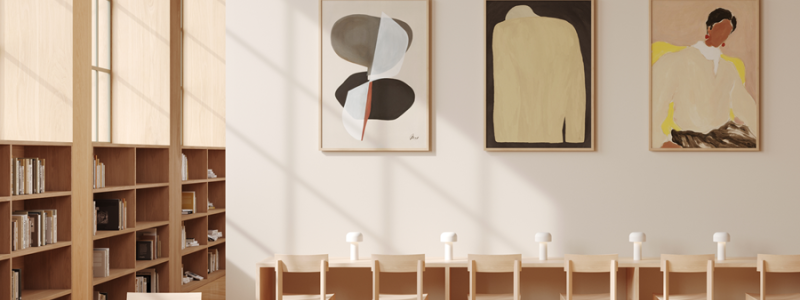
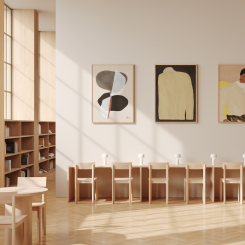
Ett nytt samarbete mellan Zilenzio och Paper Collective kombinerar akustiklösningar med samtida konst. Dezibel Art...

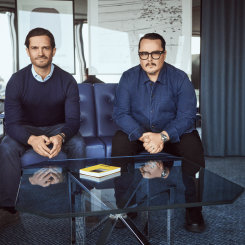
På Clarion Hotel Signs högsta våningsplan öppnar Stratum Suites: tre nya signatursviter skapade i nära...


Sökandet efter balans mellan modularitet, form och en inbjudande känsla är centralt i Cattelan Italias...
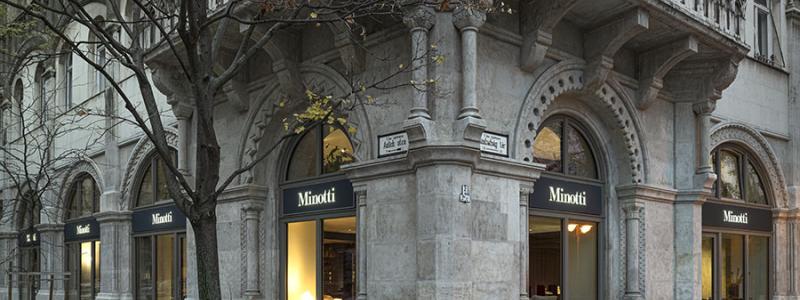

Minotti stärker sin närvaro i Centraleuropa och Östeuropa genom att öppna en ny flaggskepsbutik i...

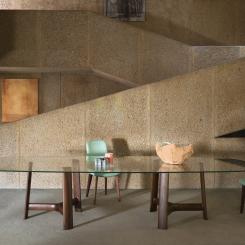
I Bross bordskollektioner kombineras trä med andra material, såsom marmor, glas, tekniska ytor eller tyginsatser...
Svenska Solskyddsförbundet har utsett vinnarna av Solskyddspriset 2025, en utmärkelse för solskyddsinstallationer. Priset delades ut...
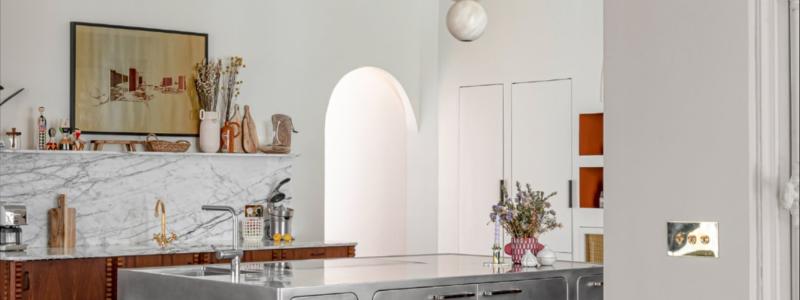
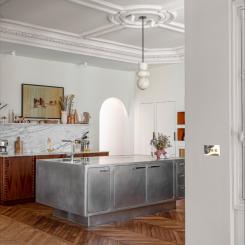
Designlinjerna Ego och Atelier formar köksmiljön med lösningar som kan anpassas efter både inredningsstil och...
